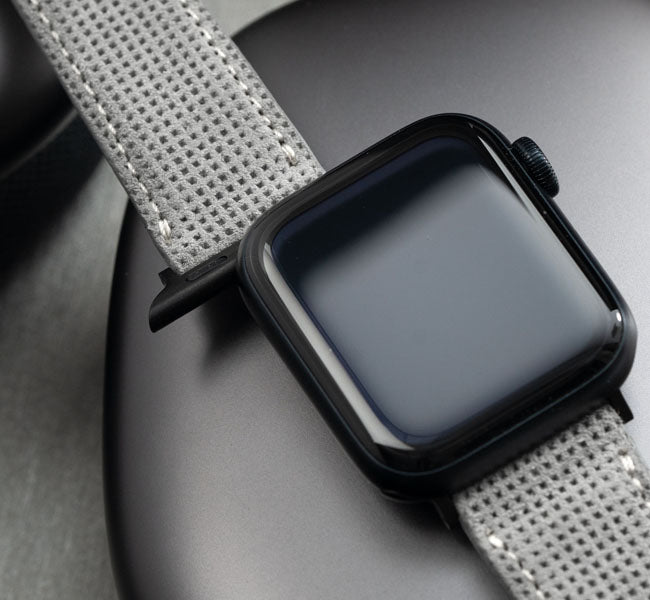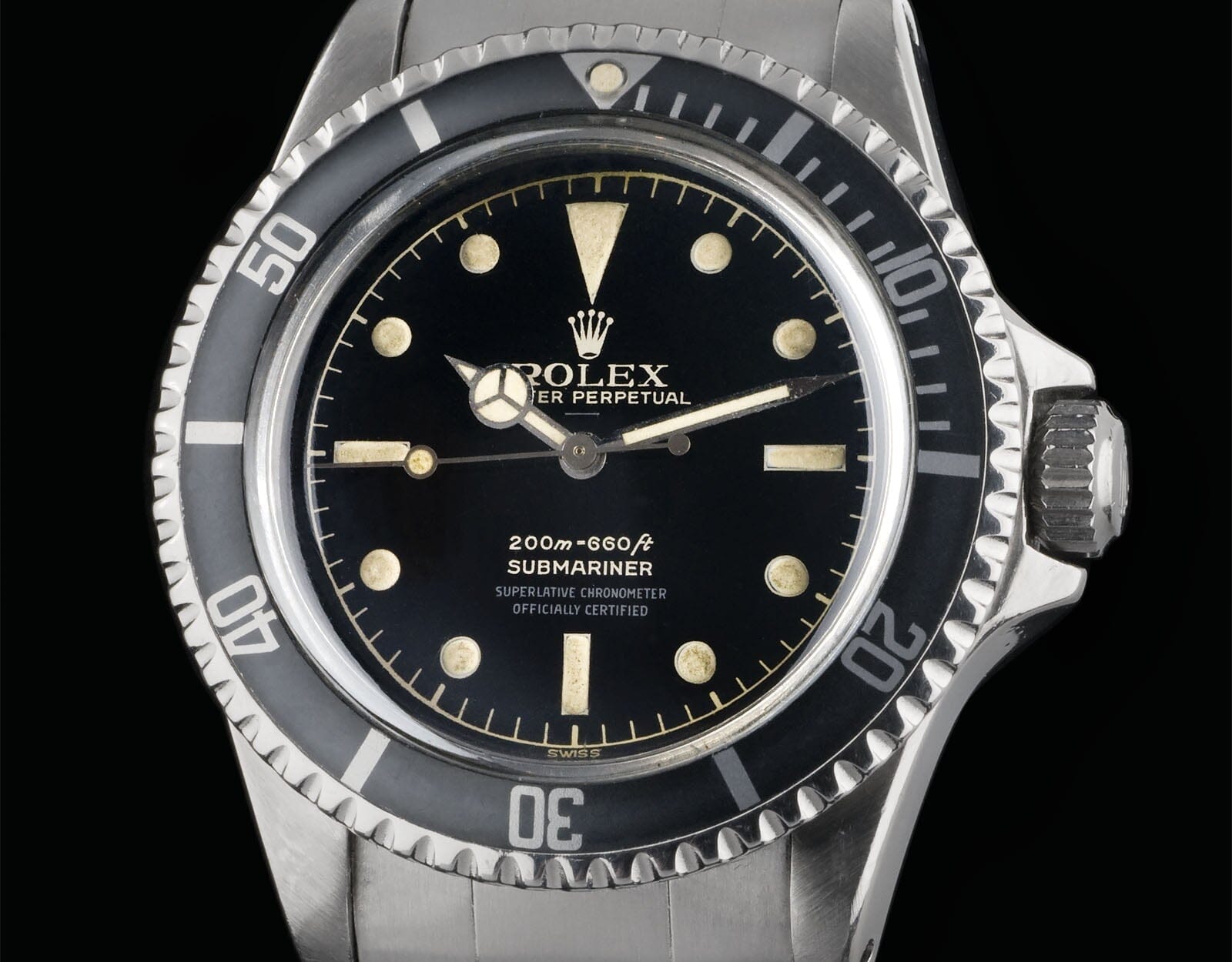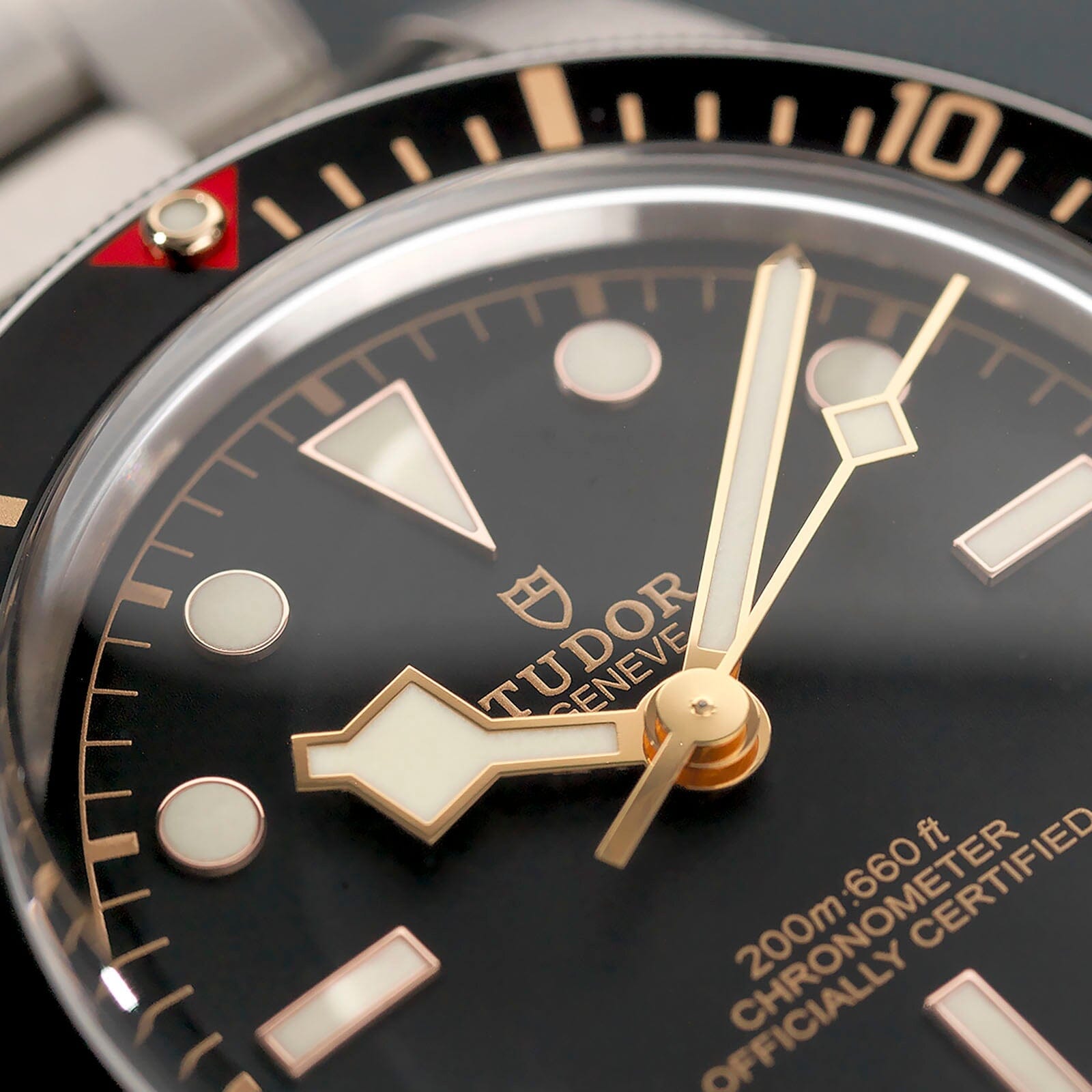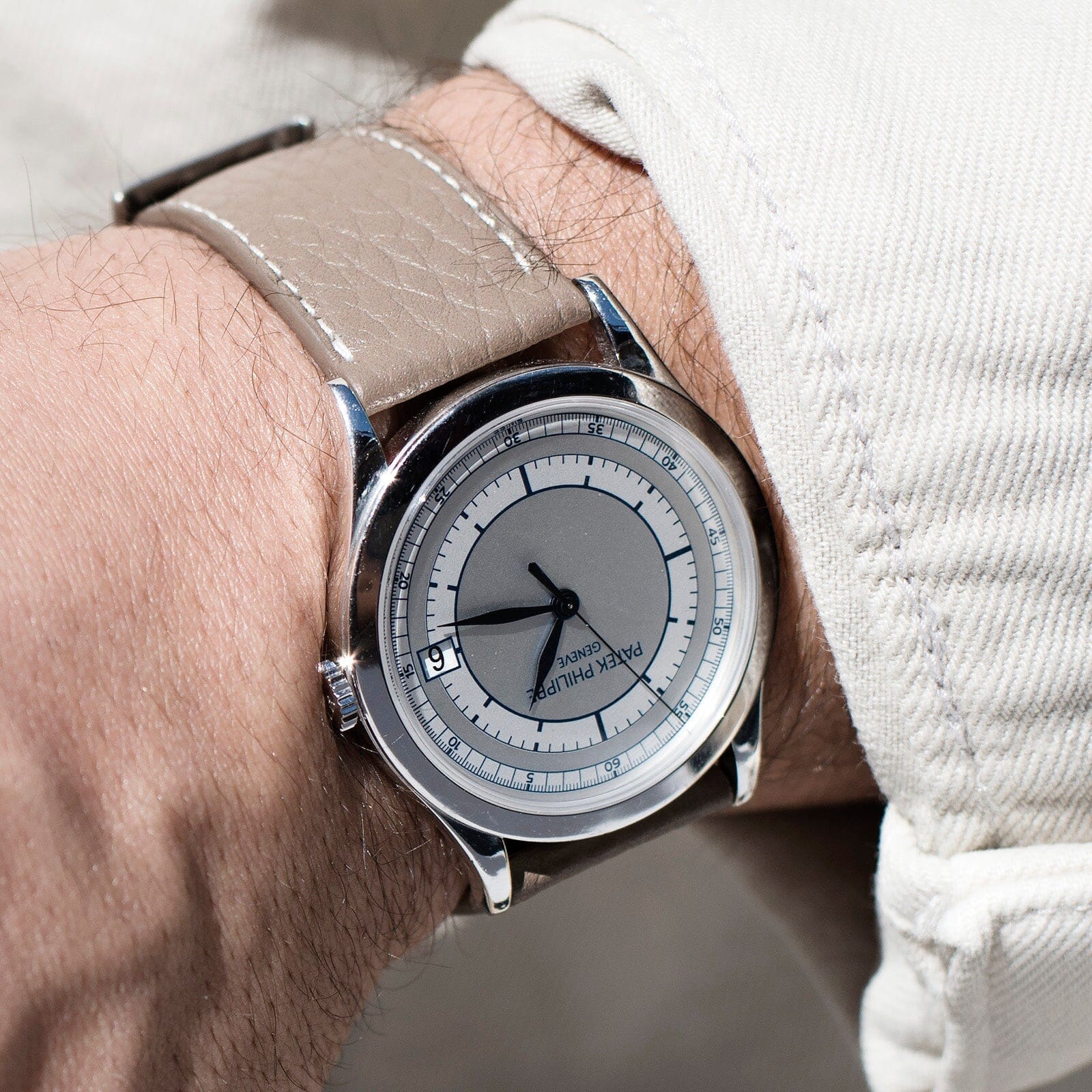
Spot On - Patek Philippe Calatrava 5296G-001
There was a time, not so long ago, that there was a king of the auction and collecting scene that didn’t wear a ‘coronet’. For many years the top-of-the pile and hero of the hammer was the Double-P…Patek Philippe, with their haute-horologie complications and reputation for masterpiece movement finishing. Quite simply, if you wanted a serious watch, you bought a Patek. And of course you never actually own a Patek Philippe, you merely look after it for the next generation! The Oyster has now become the king, but there is no denying the still exceptional performance of Patek, especially the steel pieces from the 1940s. But its not just about annual calendars and moonphases.
One of the coolest outputs from PP is the Calatrava and today’s Spot On shines the light upon a modern classic that screams timeless cool – the Patek Philippe Calatrava 5296G-001. It has become one of our favorite personal watches…
Conservative Calatrava
The Calatrava story begins in 1932 with the reference 96. For many, the time only Calatrava is essence of the formal dress watch and it might actually be the reason that Patek is still a viable business today. Like many high-end manufactures, where very high overheads and sky high retail prices are the mainstay of the business model, Patek had some significant financial problem in the early 20th century. The business was saved by the Stern brothers, who bought the controlling stake in the company in the early 1930s. Like an haute-couture fashion designer relying on sales of perfume of the diffusion lines to prop-up the showcase runway pieces, Patek needed an accessible watch to sell en-masse. And so came the Calatrava. An elegant watch, built to the exacting standards that PP held dear, the Calatrava became a key element of the brand’s identity that remains as important today as it was in the 1930s.
 The image was shot by my 12 year old daughter with my Leica Q… yeah she’s got talent. She might even become the future photographer for the brand when she keeps up the great work 😉 The SONS in Bulang and Sons always was the synonym for generations, passing on the passion and good things in life. So happy and proud to share this with all of my family.
The image was shot by my 12 year old daughter with my Leica Q… yeah she’s got talent. She might even become the future photographer for the brand when she keeps up the great work 😉 The SONS in Bulang and Sons always was the synonym for generations, passing on the passion and good things in life. So happy and proud to share this with all of my family.
The Blueprint of Ref 96
The reference 96 was a long running watch; it was available until 1973, a run of 41 years! It was also a labour of love in the design department and much like the Rolex Oyster case is instantly identifiable, the ref 96 set the blueprint for how the Calatrava’s most famous incarnations would look and wear on the wrist. In the early 1930s, as we’ve written about before, the wristwatch was a relatively new concept. The ref 96 was one of the first wristwatches to be designed with integral, flowing lugs that were an important part of the case design, not just soldered wire lugs. This was at a time when it was still quite common to solder wire lugs onto pocket watch type cases for the wrist.
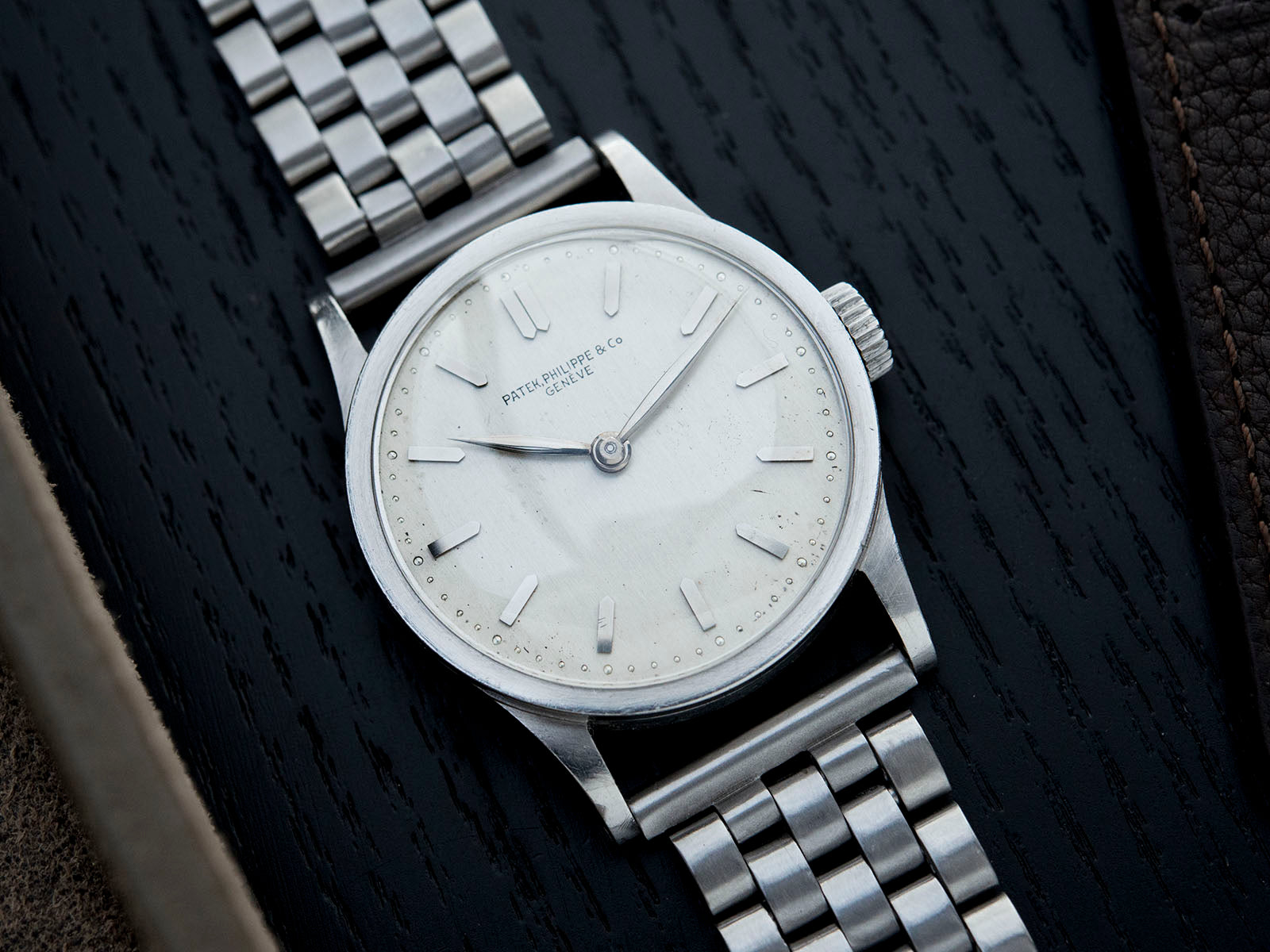
The classic Patek Philippe Calatrava ref 96 in steel
The ref 96 was also quite a small watch, an important ‘badge of honour’ for watchmakers of the time, measuring 31mm across. The ref 96 also featured the sector dial on some models. Indeed, the most collectible ref 96 have the applied Breguet numerals, but the sector dial pieces are also very hot. And this is maybe the strongest link to the modern iteration of the Calatrava, the reference 5296.

Ref 96 with Sector dial

Modern Era 96
The most noticeable difference from its ancestor is the addition of a date window at three o’clock on the dial. This isn’t something ever seen on the ref 96, but it is a useful addition to the watch. The most common seconds reading on the ref 96 was a sub-seconds dial on the bottom half of the face. Centre seconds watches were made, but they were rarer and it gives the 5296 a cleaner look in our opinion. The modern version is also a lot bigger measuring in at 38mm. This makes the watch much more wearable compared to the delicate original at 31mm, but then really it’s a totally different watch for a totally different era.

At 38mm the watch has an almost sporty feel and is versatile and able seamlessly segue between the more traditional formal environment of business suit or evening wear and the casual attire of the weekend or beach; jeans and jumper or tshirt and shorts…the 5296 is at home wherever it lays its head. And it is slim, which makes it light and easy to wear.

Slim and light – the perfect all-rounder
Sectors in Gold
The white gold case is key to the watches versatility. Whilst it still looks formal, depending on the strap and context, the white metal harks back to the steel watches of the 1940s we love so much and are so popular today, especially when worn on a vintage style strap. And the dial…well, its just stunning. Two tone, when held in the right light, the blue sector lines are a beautiful match for the blue steeled hands. As mentioned earlier, this is a strong influence from the ref 96, where the sector dial was a popular feature. These details give the dial real depth and add an extra dimension to the watch.





